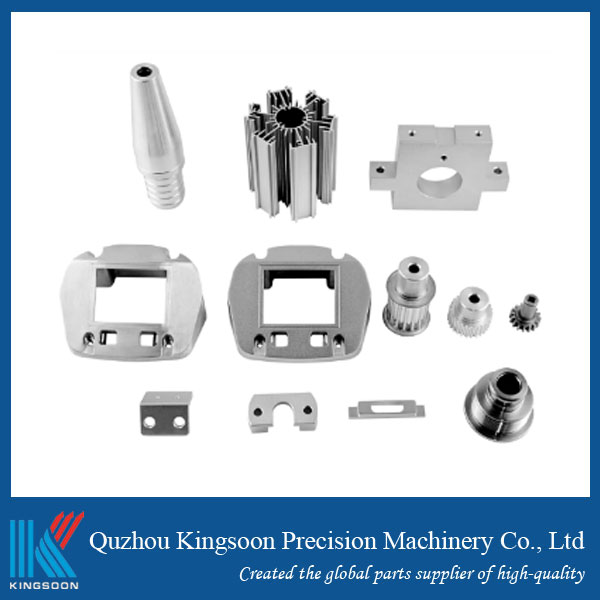Other Potential Application Areas of CNC Machining
2025-06-27
CNC (Computer Numerical Control) machining has become a cornerstone in modern manufacturing, widely recognized for its precision, efficiency, and adaptability. While CNC technology is commonly associated with the aerospace, automotive, and industrial machinery sectors, its potential extends far beyond these traditional fields. This essay explores other promising application areas where CNC machining is making a significant impact or holds great future potential, including medical devices, electronics, renewable energy, art and design, and the food industry.
Medical and Dental Applications
The medical sector demands high precision and reliability, making CNC machining a valuable tool for manufacturing components like surgical instruments, orthopedic implants, and dental prosthetics. Materials such as titanium and medical-grade stainless steel can be machined into complex, customized shapes with micron-level accuracy. In dentistry, CNC machines are used to fabricate crowns, bridges, and dentures based on 3D scans of a patient’s mouth, ensuring a perfect fit and enhancing patient comfort.
Electronics and Semiconductor Industry
CNC machining is crucial in producing intricate components used in electronic devices. Heat sinks, casings, connectors, and micro components require extremely tight tolerances, which CNC systems can consistently achieve. Moreover, CNC machining supports the prototyping and testing stages in electronic hardware development, allowing rapid iteration of design modifications without the need for large-scale tooling.

Renewable Energy Sector
As the world shifts toward sustainable energy, CNC machining is helping to manufacture high-performance components used in wind turbines, solar panels, and hydroelectric systems. For example, CNC machines produce turbine blades, motor housings, and gear components with precise geometries that improve performance and reduce energy loss. The adaptability of CNC allows manufacturers to quickly pivot to new designs as technologies evolve.
Art, Jewelry, and Design
Artists and designers are increasingly adopting CNC machining to create intricate and personalized items. From sculptural works to custom furniture and wearable art, CNC machines enable the fabrication of complex shapes in wood, metal, and plastic. In the jewelry industry, CNC machining is used to carve detailed patterns and settings in precious metals, offering a combination of speed and craftsmanship that manual methods cannot match.
Food and Culinary Tools
Although less conventional, CNC machining is being explored in the food industry for creating molds and dies used in food shaping and packaging. High-precision CNC systems can manufacture customized cutting tools, chocolate molds, and cookie cutters with unique patterns or logos. This allows culinary professionals and food manufacturers to introduce more creative and brand-specific products.
Conclusion
CNC machining continues to transform various sectors beyond its traditional strongholds. Its precision, flexibility, and compatibility with a wide range of materials make it a valuable technology for medical applications, electronics, renewable energy, artistic endeavors, and even the food industry. As innovations in software and materials continue, the reach of CNC machining will only expand, opening new possibilities across disciplines.


